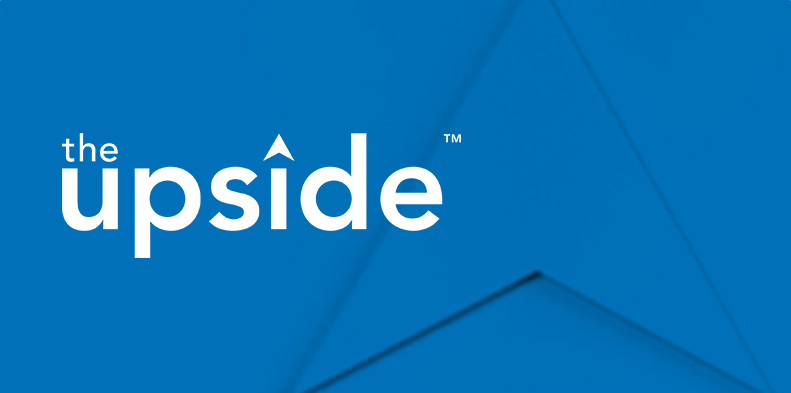Fidelity’s tax calculator will show your tax savings when you vary your RRSP contribution amount. You can use this tool to get a quick estimate of your taxes.
Is severance pay taxable in Canada? If so, how much income tax can you expect to pay?

Key takeaways
- Severance pay is taxable in Canada; how much you pay depends on how your package is structured.
- Every severance dollar is tagged as employment income, retiring allowance or non-taxable damages. Each label triggers a different mix of payroll deductions, withholding tax or no tax at all.
- Salary continuance or staged lump sums that extend into the next calendar year may keep you out of a higher tax bracket.
- Any legal fees you pay to negotiate or enforce a package are generally tax-deductible.
Losing a job is stressful enough without having to decipher the tax implications that follow your severance cheque. Different categories of severance pay, such as employment income, retiring allowance and non-taxable damages, can be subject to different withholding rules – and each province adds its own layer of complexity to the process.
Understanding which portions of your severance land in which tax bucket and learning how to time your payments wisely can leave more money in your pocket at the end of the day. Here’s what you need to know before signing on the dotted line.
What is severance pay?
Severance (or termination) pay is money you receive from your employer when you lose your job through no fault of your own. The eligibility rules can differ depending on the province or territory you work in and whether your position falls under provincial employment standards or the federal Canada Labour Code. Be sure to check the statute that governs your job to see which threshold and calculation apply to you.
The severance you receive from your employer can fall into three separate Canada Revenue Agency (CRA) tax buckets: employment income, retiring allowance (which can include recognition of long service or unused sick leave) and non-taxable damages (which have nothing to do with salary, for instance a personal injury settlement that is folded into a severance package). A single severance package can contain one, two or all three.
Some severance payments may be handed out as a lump sum or as a salary continuance, depending on the terms of the settlement agreement.
Is severance pay taxable in Canada?
Yes, but the tax you ultimately owe depends on how your severance is structured and reported.
Employment income – Taxed just like regular wages; Canada Pension Plan (CPP) or Quebec Pension Plan (QPP) contributions, employment insurance (EI) premiums and income tax are withheld through payroll.
Retiring allowance – No CPP/QPP or EI is withheld, but a flat-rate income-tax withholding applies (see chart below). When you file your return, the CRA recalculates your actual tax based on your total annual income. If your marginal rate is higher, you’ll pay the difference; if it’s lower, you’ll receive a refund.
Non-taxable damages – No tax withheld.
Federal withholding on retiring allowances (lump-sum payments)
| Payment amount | Most provinces | Quebec |
| First $5,000 | 10% | 19% |
| S5,001-$15,000 | 20% | 29% |
| Over $15,000 | 30% | 34% |
How much income tax can I expect to pay?
Your tax bill will hinge on a few things: how the package is structured, how and when the cash is paid, and whether you want access to the money now or plan to direct the funds directly into an RRSP.
Here is a closer look at how the tax bill might change under different scenarios:
Lump-sum payment
Your employer may treat some or all of a one-time severance cheque as regular wages and some as a retiring allowance. The wage portion is taxed like a normal paycheque (income tax, CPP/QPP, EI); the retiring allowance portion has only flat-rate tax withheld and no CPP/QPP or EI.¹
Direct transfer to an RRSP
If your employer transfers the severance directly to your RRSP (or a spousal RRSP), no tax is withheld, so every dollar can grow tax-deferred until you withdraw it. Just be sure you have enough contribution room and complete the transfer within the calendar year (or within 60 days after year-end), or that you qualify for additional rollover space for years of service before 1996. Note: Legal fees are tax deductible, but only against the taxable portion of your severance. That means any amounts rolled into an RRSP won’t generate a deduction. You can only transfer to an RRSP if you are under age 71.
Salary continuance
With salary continuance, you stay on the payroll for a set number of weeks or months; if that period stretches past December 31, the payments automatically spill over into the next tax year. Each deposit is taxed like a regular paycheque – CPP/QPP, EI, income tax and benefit deductions are taken as usual – but splitting the income across two years can help you avoid ending up in a higher tax bracket.
Deferred lump sums
Some employers may offer to pay you in instalments over two years or more. Spreading out your severance beyond a year can potentially lower your taxable income, bringing you to a lower marginal tax bracket and decreasing your total tax bill. And of course, if you earn interest on the deferred amount, the interest will also be taxed as income.
The bottom line for income tax on severance pay
What really matters is the label your employer puts on each dollar. Anything tagged as regular pay gets dinged for CPP/QPP, EI and income tax, while the retiring allowance portion can be contributed to your RRSP with no up-front tax hit, assuming you have RRSP contribution room. You may want to consult a tax expert to help you determine the most advantageous structure so more of your money goes to you and not the CRA.
Bonus tip: Before you sign anything, consider having an employment lawyer review the offer, because any fees you pay to secure or enforce a severance package are usually tax-deductible against the taxable portion of your severance.
Footnotes
¹ Qualifying retroactive lump-sum payments may require CPP or EI deductions in addition to income tax.


